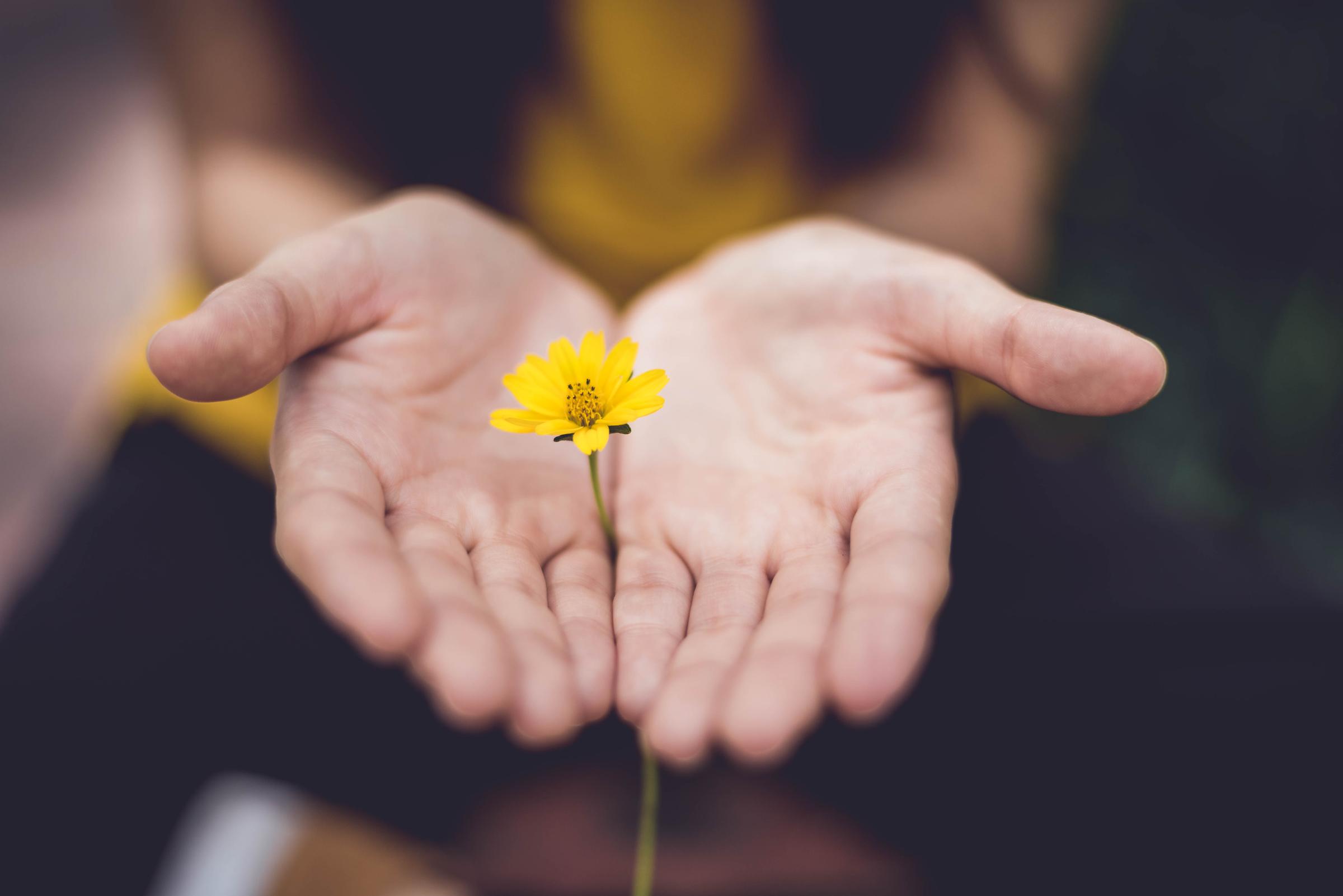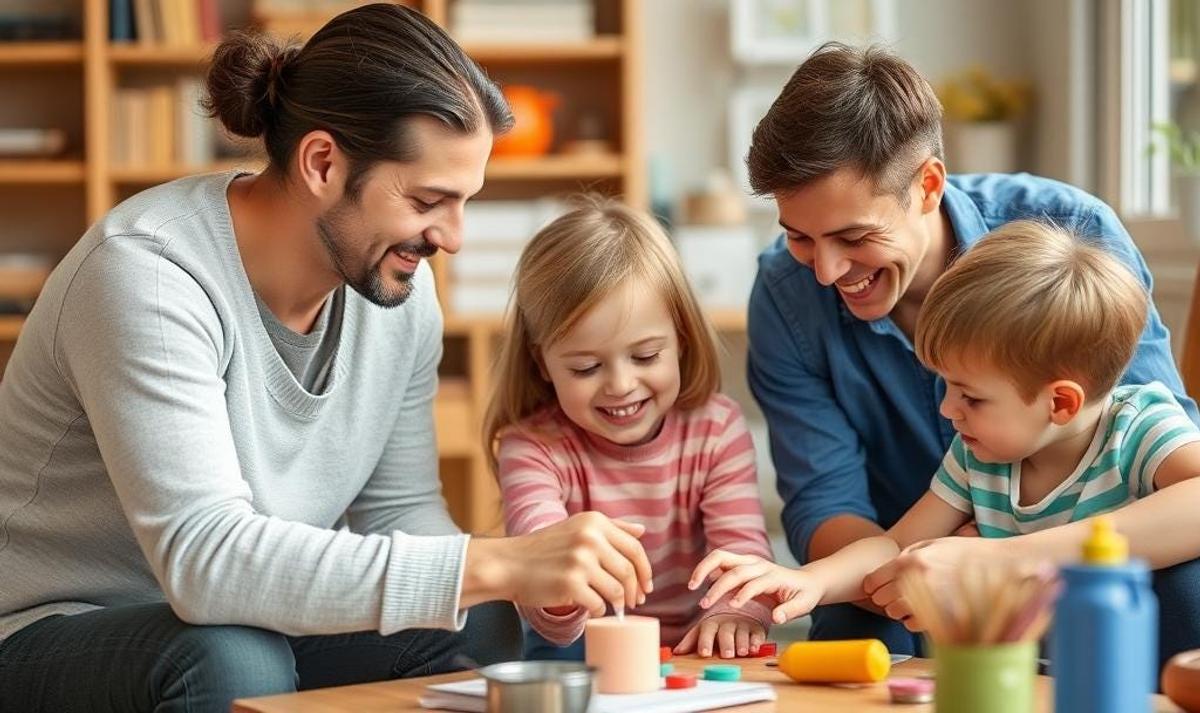Wellbeing

June 24 , 2025
How to Build Your Child's Adaptive Capacity and Why it's Vital that You Do
The world is spinning faster than ever.
Not literally, but in terms of rapid social, technological, and cultural change.
It’s overwhelming.
Resilience, which focuses on bouncing back when things knock you down, doesn’t help with rapid change.
If we equip them with the ability to bounce back to the old normal, what happens when there is no old normal to return to?
We now need to teach kids to bend with the wind so they won’t get knocked over so easily.
That’s building their adaptive capacity.
Resilience is like a sturdy oak that can weather any storm. But even oak trees get blown over in strong winds. Just like the oak tree, no one is storm-proof.
Adaptive capacity is like a willow tree—it can bend and flex with the strongest gusts, adjust to the conditions, and emerge transformed, yet strong.
So, what exactly is Adaptive Capacity?
Adaptive capacity refers to a child’s ability to adjust to new, changing, or uncertain situations effectively. It’s about:
- Encouraging kids to be flexible in their thinking, behaviour, and approach to life's challenges.
- Learning from experiences, both good and bad, and applying that knowledge to navigate whatever comes next.
Aside: Research on birth order suggests that middle children tend to be more adaptable in their thinking and behaviour, likely because they don't always get their way in family dynamics. They have both older and younger siblings, which enhances their ability to adapt. With family sizes decreasing, this group is rapidly dwindling, with fewer than 15% of children under the age of 15 having siblings close in age.
How Adaptive Capacity helps kids
The world in which our children are growing up is changing at a rapid pace.
Technology is evolving faster than we can keep up with, the job market is shifting constantly, and people face social and environmental challenges that we couldn't have imagined a generation ago.
Add to this the likelihood that your child is likely to live a 100-year life.
That's where adaptive capacity shines.
Kids with adaptive capacity can learn and evolve through change. They’re less likely to see change as a threat and more likely to view it as an opportunity to learn and grow. They are also less likely to be held back by anxiety.
Kids with strong adaptive capacity are more likely to:
1. Embrace new challenges
They won't shy away from the unknown because they trust their ability to figure things out.
2. Become creative problem-solvers
They think outside the box and devise innovative solutions when faced with unexpected obstacles.
3. Navigate uncertainty with greater ease.
They're more comfortable with ambiguity and can adjust their plans and expectations when things don't go as planned.
4. Build stronger relationships.
Their flexibility and open-mindedness enable them to connect with a broader range of people and navigate diverse social dynamics.
5. Thrive in a dynamic world.
They're surviving and actively engaging with and shaping their changing environment.
How to build your child’s adaptive capacity
There are many ways to build your child’s adaptive capacities. These five strategies form a strong foundation for capacity-building in every family:
1. Foster strong and supportive RELATIONSHIPS
Consistent and caring relationships with adults provide a secure base for children, helping them navigate challenges and learn to trust.
Building your relationship with your child and fostering other positive adult relationships is your starting point.
These connections alleviate stress and enhance emotional well-being, which is essential for adaptability.
Build strong bonds by focusing on the family connection trifecta :
- one-on-one time
- family rituals
- downtime
2. Teach EMOTIONAL REGULATION skills
Assist children in identifying, understanding, and managing their emotions in healthy ways.
This includes strategies such as deep breathing, problem-solving, and recognising that feelings come and go.
Kids who can regulate their emotions are better equipped to cope with unexpected changes and setbacks.
- Start by building a broad vocabulary of emotions in your family.
3. Encourage PROBLEM-SOLVING and CRITICAL THINKING
Provide opportunities for children to face challenges and figure out solutions independently or with guidance.
Ask open-ended questions, brainstorm together, and allow them to make mistakes (and learn from them!). Help them develop the ability to think flexibly and find new approaches when things don't go as planned.
- And don’t solve all of your child’s problems. Leave some for them to resolve.
4. Promote AGENCY and INDEPENDENCE
Help children believe in their abilities and understand that their skills and intelligence can be developed through dedication and hard work.
Celebrate effort and learning from mistakes, rather than just focusing on outcomes.
This encourages them to embrace challenges and persist through difficulties.
When a child can dress themselves, walk into school on their own, make their lunch, etc., let them do it!
- Your job is to make yourself redundant from the earliest possible age!
5. Expose them to DIVERSE experiences and perspectives
Introduce children to new situations, people, and ideas.
This will broaden their understanding of the world and help them become more comfortable with novelty and change.
It also fosters empathy and the ability to view things from different perspectives, which is crucial for adapting to diverse circumstances.
- Model curiosity and learning so that your child sees adaptive capacity traits up close.
Finally……
Adaptive capacity is more potent than resilience.
Resilience helps you recover and return to your previous state. Adaptive capacity helps kids move forward, stronger and wiser, in a new direction. It’s a deeper level of learning and adjustment.
Adaptive capacity is about growth and evolution, not just recovery.
Fostering strong relationships, teaching emotional regulation, encouraging problem-solving, promoting self-efficacy and a growth mindset, and exposing them to diverse experiences are the building blocks of adaptive capacity.
By focusing on these areas, we're not just preparing our kids to weather the storms; we’re giving kids the compass and the skills to navigate any terrain, no matter how unfamiliar.
And in this rapidly changing world, that's the most valuable gift we can give them.



